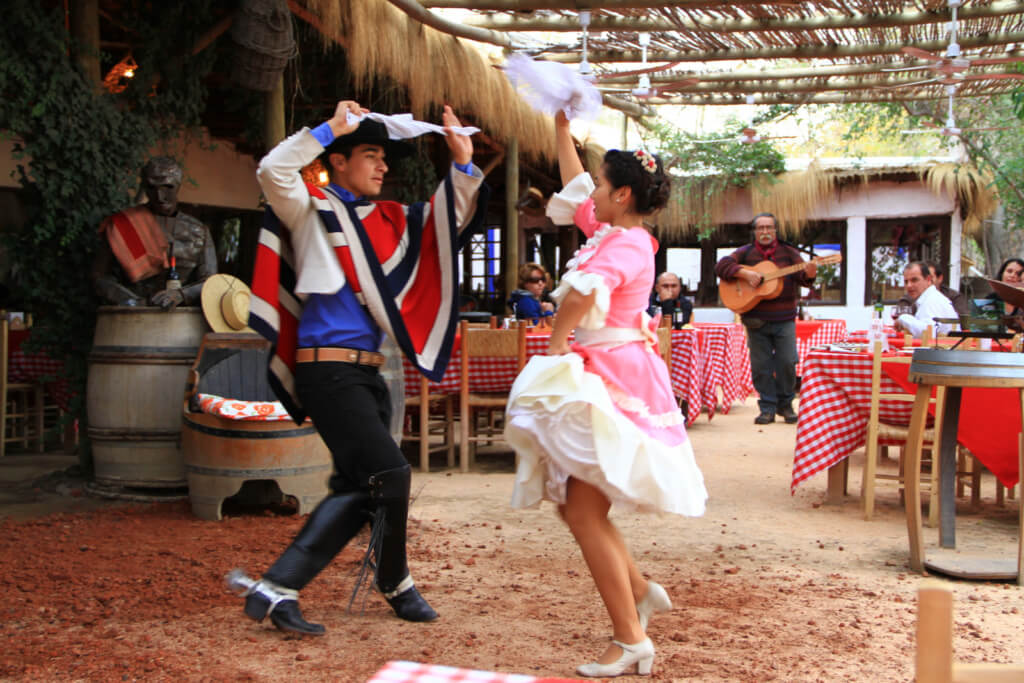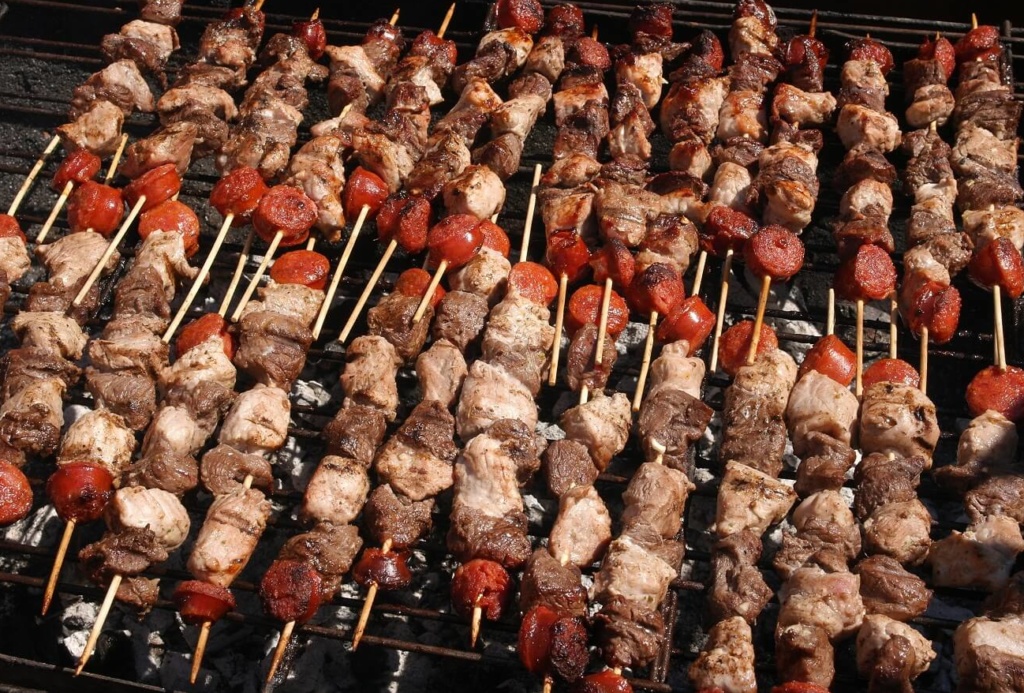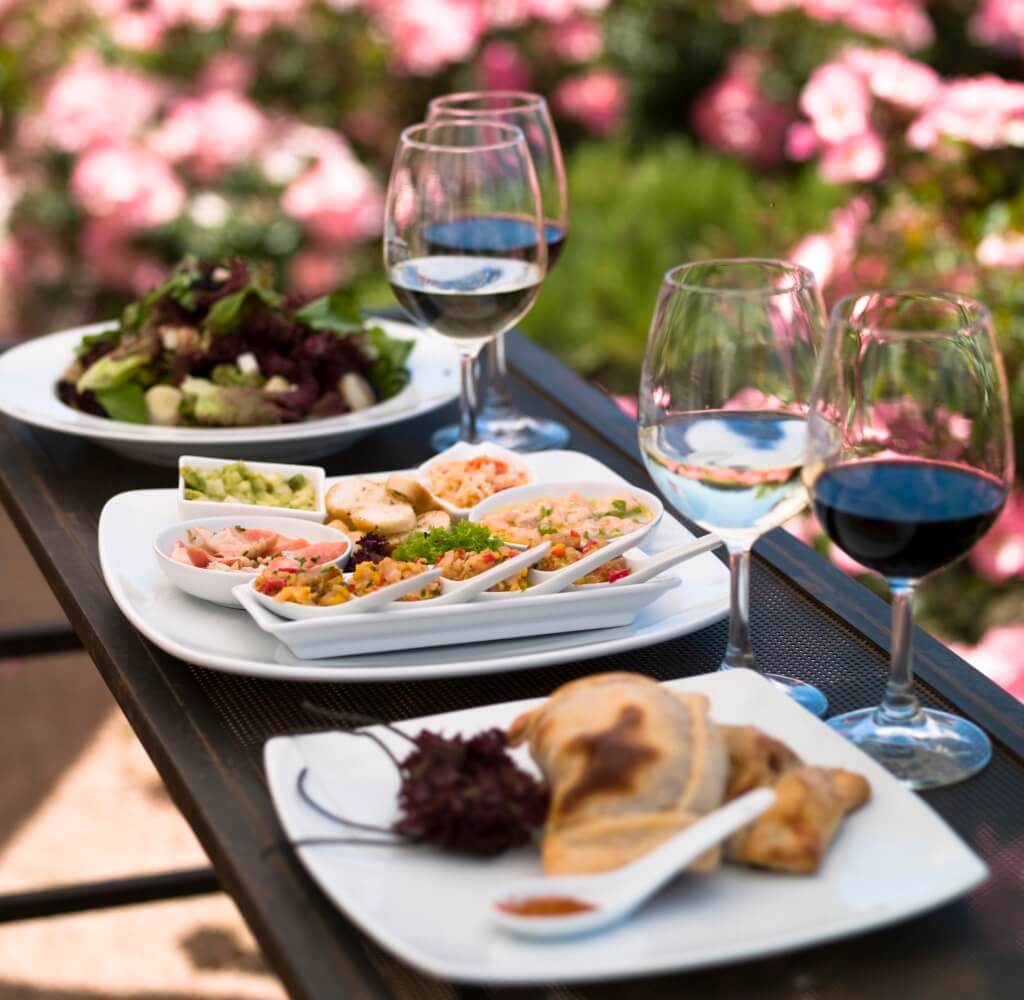Visually, Chile may not look that different from other places you’ve lived or visited. Some spots in Santiago might remind you of the skyline from back home, for example. And with English-speaking hosts and guides it’s easy to stay ensconced in that easily-accessible Chile. But if you’ve come with the idea of exploring the country, of digging a little deeper into Chilean culture, Upscape can help. To get a little deeper into Chilean culture, here are some easy-to-follow tips and guidelines that are sure to help you blend in like a local.
When to show up
If you’re told to arrive at a certain time, it’s good to consider who has invited you. Tours generally begin on time, and if you are dealing with someone who has had a lot of international experience, that person is likely to be punctual as well. With locals that you have met or anyone else however, consider that showing up 15-minutes late is not unusual, and not considered a problem, or even worth commenting on.
Greetings
You may have noticed that many people kiss hello in Chile. In general, women kiss women, and men and women kiss, whereas unless men are very close friends, for them, a handshake is sufficient. The kiss is more of a cheek-contact, where you place your right cheek next to their right cheek, and kiss the air. It is a single kiss, and does not then switch sides. Add an “hola, un gusto” (hello, my pleasure) and then say your name, for an even more Chilean touch upon meeting someone.
Farewells
These are a repeat of the greetings, but without the “hola.” Some people may hug, but you are not generally expected to. Unless there is a very large group of people or it is physically difficult to get to everyone (if people are sitting across the table), you should take care to say farewell to everyone, particularly the person that invited you.
Cueca
This is the national dance, which symbolizes the rooster’s mating dance with the hen. Even around Santiago, and especially around September 18 (the national holiday), you may see women in Little House on the Prairie-type dresses (with shoes that look like tap shoes or Mary Janes) as well as men dressed in full regalia with flat brimmed hat and dress shoes with spurs. Though you are not expected to dance the cueca, you could watch some videos, including this one with instructions (in Spanish). In general, most people will value you knowing what the dance is and appreciating its cultural importance. Bring a white hanky if you think you’ll be tempted to give it a try.


September 18th
It would be impossible to overestimate the importance of the 18th of September to the Chilean people. It’s not only the national holiday, it often leads to up to a week off of work (this is decided by the government on a year-to-year basis, but there are almost always at least 4 holiday days per year). It is also the unofficial end of the winter and beginning of spring, kite-flying season and when many trees show off their best blooms. How to celebrate? At an asado (barbecue), or at a fonda, a type of party held just for the holiday where popular foods include empanadas de pino (meat empanadas), anticuchos (kebabs) and to drink, chicha (a type of local cider), or terremotos (a local drink made of unaged white wine, pineapple ice cream and sometimes a splash of Fernet). Many parties are held in public parks and are thematic. For example, the one at Parque Iñés de Suarez in Santiago is known for being family-friendly.
Lunch
This is the most important meal of the day, and for many Chileans, the most complete meal. It will usually have fish or meat,  potatoes or rice, salad and bread. It’s usually eaten from around 1 PM, and is served until around 3 PM. It’s wise to eat well at lunch, because dinner (as you will soon see) is often much later than what you are used to at home.
potatoes or rice, salad and bread. It’s usually eaten from around 1 PM, and is served until around 3 PM. It’s wise to eat well at lunch, because dinner (as you will soon see) is often much later than what you are used to at home.
Dinner
For Chileans who dine (as opposed to just taking once, which is a sort of evening tea), the meal would never start before 8 PM, and often not until 9, or even 10, when out at a restaurant. This is why eating a sizeable lunch is important. It’s very common for restaurants to offer a pisco sour (the unofficial national drink) as an aperitif. You can try one of the strongly-flavored bajativos (digestifs) after the meal as well. Manzanilla (chamomile) and Araucano (a bitter liquor made of several local plants and said to be good for the stomach) are popular choices, but the latter especially is an acquired taste.
Asados
If you have the good fortune to be invited to a Chilean asado (barbecue), do not think of the saucy ribs and hamburgers from back home. There are two main stages to the Chilean barbecue, which are the choripan, in which small sausages are served in toasted marraqueta (a local roll similar to French bread), and then the grilled steak portion. While Chileans are generally loath to eat with their hands in public, if the host comes around with a cutting board full of cut-up meat, this is one place where decorum goes out the window, and nearly everyone will take a piece of meat with their bare fingers.

